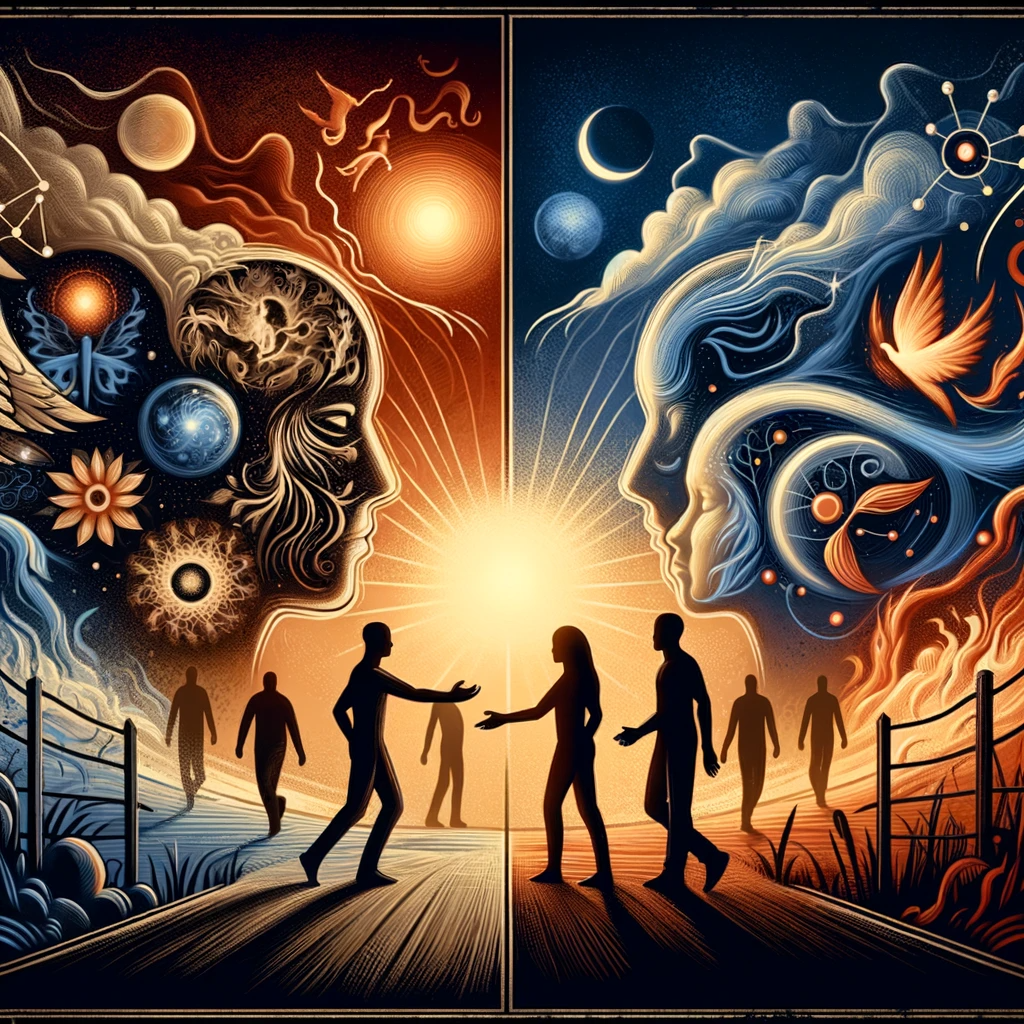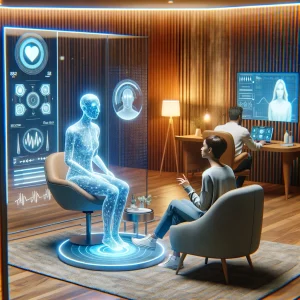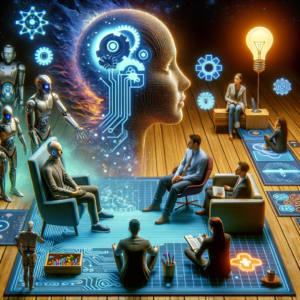“They Should Think And Act The Way I Do”
Have you ever found yourself in a situation where someone you care about does not seem to provide you with the same care, attention or behaviors that you feel you would provide them? When we don’t get what we expect from others, it often feels very badly. It causes us to create narratives inside our mind as attempts to cope with and intellectualize the situation. Without authentic communication with the person who we feel wronged us, we run a risk of creating an illusion of misunderstanding and cognitive biases.
The truth is, people do not experience reality the same way you do. Everyone has their own beliefs, traumas, perceptions, coping mechanisms, biases, reactions, triggers, thoughts and opinions- all influencing the color of the lens in which they observe and react to their perceived reality.
“But they should know better.” These blanket statements are not unique. They are typical constructs of thought, biased projections used by all humans when trying to cope with something that does not align with their reality they desire. It is an attempt to control others and reality around them, most likely due to an insecurity.
When we assume others see the world exactly as we do, it can lead to painful misunderstandings and damaged connections. By exploring key cognitive distortions that shape our perceptions, we can gain insight into why people behave in ways we may not expect or agree with. This self-understanding is the path to compassion.
Examining Our Biased Lenses
Let’s explore some major terms that can help explain various cognitive biases and psychological phenomena that influence how we tend to assume other people around us should behave and think and know the things that we value the most.
- Projection: Attributing our own thoughts, feelings, or traits to another person, assuming similarity where difference exists. Projection can blind us to others’ unique perspectives.
- Assumption: Unconsciously believing our ideas apply to someone else without proof. Assumes shared beliefs despite individual differences.
- Egocentrism: Viewing everything only through our own narrow experience. Struggling to grasp vantage points other than our own.
- Subjective Validation: Perceiving vague information as confirmation of our pre-existing views. Believing others interpret things identically.
- False Consensus: Overestimating how much others share our attitudes and behaviors. Ignores diversity of thought and opinion.
- Projection Bias: Expecting others to have the same preferences and ways of thinking as we do. Limits understanding.
- Empathy Gap: Inability to relate to experiences we haven’t had ourselves. Our projections widen the divide.
By becoming aware of these tendencies, we can catch ourselves before falling into biased assumptions about others. This self-examination forms the foundation for truly connecting beyond our own limited perspective.
Nurturing Genuine Understanding
It isn’t easy to step back from a triggered state of being, especially when someone close to us acts in opposition to our values. However, cultivating this skill is essential for relationships and well-being. Here are some strategies:
- Active listening without projecting meaning. Seek to understand, not react.
- Recognize our emotional biases and triggers as they arise. Pause before responding.
- Lead with compassion. Look for the good in the person’s intentions.
- Practice radical acceptance of differing perspectives. Seek compromise.
- Adopt a growth mindset focused on collaborative problem solving.
- Have constructive conversations to gain insight into each other’s experience.
By becoming aware of our lenses, we can approach differences with empathy instead of judgment. This prevents misunderstandings from spiraling while bringing us closer to truth and connection. We all experience life uniquely – embracing this fosters relationships that fulfill our deep human need for true understanding.
The next time you feel let down by someone, notice the stories your mind generates. Then take a breath. Look beyond the mirror of your own assumptions to see the genuine person before you. Meet them where they stand, not where you insist they should. Understanding will unfold if we remember that reality is not a reflection of our singular vision alone.
Sources:
- Pronin, E., Gilovich, T., & Ross, L. (2004). Objectivity in the Eye of the Beholder: Divergent Perceptions of Bias in Self Versus Others. Psychological Review, 111(3), 781–799.
- Ross, L., Greene, D., & House, P. (1977). The “False Consensus Effect”: An Egocentric Bias in Social Perception and Attribution Processes. Journal of Experimental Social Psychology, 13(3), 279–301.
- Davis, M. H. (1983). Measuring individual differences in empathy: Evidence for a multidimensional approach. Journal of Personality and Social Psychology, 44(1), 113–126.
- Brown, B. (2010). The Gifts of Imperfection: Let Go of Who You Think You’re Supposed to Be and Embrace Who You Are. Hazelden Publishing.






